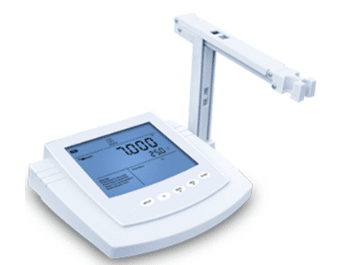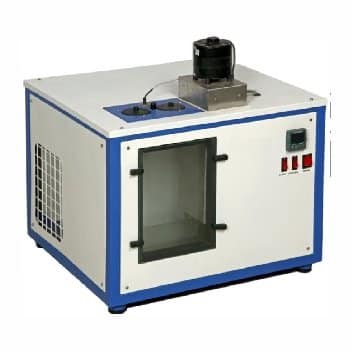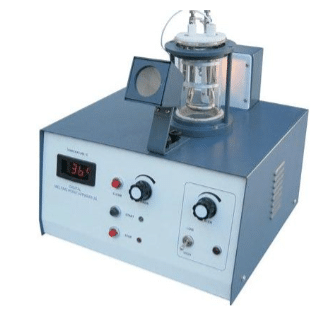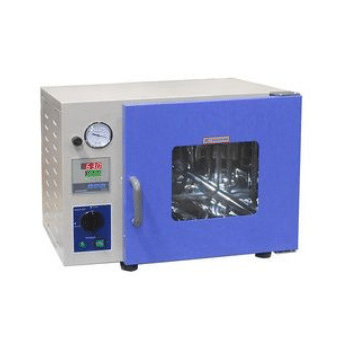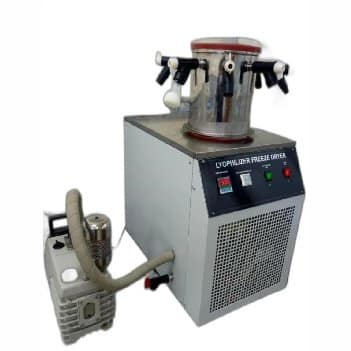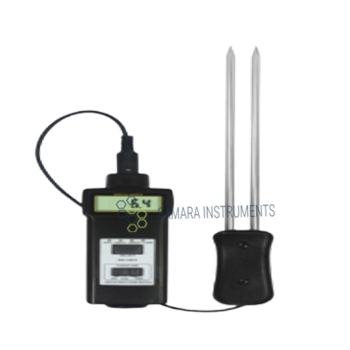
Grain Moisture Meter
Precision in Every Grain with Samara Instruments’ Grain Moisture Meter Read more
Precision in Every Grain with Samara Instruments Grain Moisture Meter
At Samara Instruments, we know that the qualities like precision and effectiveness are absolutely critical in the field of agriculture. That’s why we have engineered a cutting-edge device called Grain Moisture Meter, it’s a perfect tool when it comes to measurement of the moisture levels in grains.
No matter whether you are a farmer, grain trader, or a preservation facility manager, our grain moisture meter is your most ideal partner in making sure that you achieve optimal grain quality and maximum profit in your business.
- Unparalleled Accuracy: Our Grain Moisture Meter is manufactured with state-of-the- art technology to provide you accurate moisture measurements within seconds. Say No to the guesswork and welcome to trustable data that makes sure your grains are preserved, processed or sold at the most ideal moisture level.
- Broad Range of Applications: Our moisture meter is not limited to just one type of grain, it is perfectly compatible with a variety of grains, ranging from wheat, rice, corn, barley, soybeans, moong beans etc. It’s a versatile solution you need for all your processes related to grains.
- Easy-to-Use Design: We have a firm believe that technology should make your work simple and never complicate it. Our Grain Moisture Meter provides intuitive software, a clear and luminous display, and ergonomic mechanism, making it a perfect tool for operations, regardless of what your experience or skill level is as an operator.
- Endurability You Can Rely On: Our Moisture Meter is built to withstand all rigorous work of farm life, this phenomenal product is robust, compact and designed for long lasting functionality. It’s the trustable tool you can count on in every season.
- Save Your Valuable Time And Money: It is a well known fact in this business that over dried grains can lead to unwanted costs of energy, while the under dried grains have a high risk of spoilage. Our Grain Moisture Meter helps you achieve the ideal balance, decrease in the waste and boost your bottom line.
Key Features Of Our Grain Moisture Meter:
- Fast And Precise Readings: Achieve results quickly with absolute preciseness in the readings.
- Portable And Lightweight: It’s an easy to carry device, which you can take anywhere from the field to storage facility.
- Long Battery Life: Manufactured for a long duration usage, even in remote locations.
- Data Storage: Preserve and Analyze moisture data for making better decisions in your business.
Take Your Grain Quality In Your Control
Don’t compromise with your grain quality. Invest in the Best. Invest with Us. Your Most Ideal Partner, Samara Instruments.
Visit our website or call us today to learn more about our product and order your Grain Moisture Meter. Let’s reach new heights in the business and achieve massive success together!
Samara Instruments – Accuracy, Trustability, Innovation.
| Model No | SI - MC7821 | |||
|---|---|---|---|---|
| Model type | Affordable Model | |||
| Grains | 4 Kinds | |||
| Display | LCD | |||
| LED Indicator | - | |||
| Moisture | 8~20% | |||
| Temperature | -10~55°C | |||
| Resolution | 0.1 | |||
| Battery Indicator | Low Battery Indicator | |||
| Auto Power Off | - | |||
| Accuracy Moisture | ±0.6% / ±0.8% / ±1% | |||
| Accuracy Temparature | ±0.8°C | |||
| Operating Conditions Temperature | 0~50°C | |||
| Operating Conditions Humidity | < 80%RH | |||
| Power Supply | 4x1.5V AA Size (UM-3) Battery | |||
| Main Unit | 178x68x39mm | |||
| Cup Sensor | - | |||
| Long Rod Sensor | 368x44x25mm | |||
| Length of Rod | 250 mm | |||
| Diameter of Rod | 8 mm | |||
| Distance Between 2 Rods | 17 mm | |||
| Short Pin Sensor | - | |||
| Length of Pin | - | |||
| Diameter of Pin | - | |||
| Distance Between 2 Pins | - | |||
| Weight (Not Including Batteries) | 420 gm | |||
| Main Unit |  | |||
| Rod Sensor |  | |||
| Cup Sensor | - | |||
| Carrying Case | B01 | |||
| Manual |  | |||
| Optional Accessories | - |
Application:- Used for fast and accurate measurement of moisture in the process of allotment, acquisition, storage, and machining of packed grains, feedstuff, and powder.
Features: –
- The use of durable, long-lasting components, including a strong, lightweight ABS-plastic housing assures maintenance-free performance for many years. The housing has been carefully shaped to fit comfortably in either hand.
- Moisture content measurement for grains.
- Easy to use, quick to read and compact.
- Microprocessor control.
- Automatic temperature compensation.
- A battery replacement sign appears.
- Electrical Resistance Method.
You May Also Like


